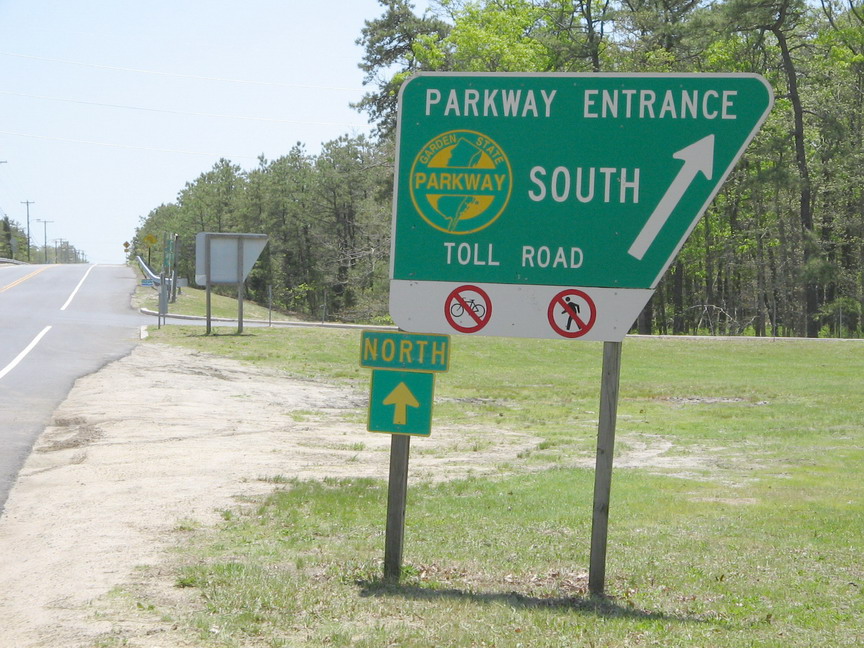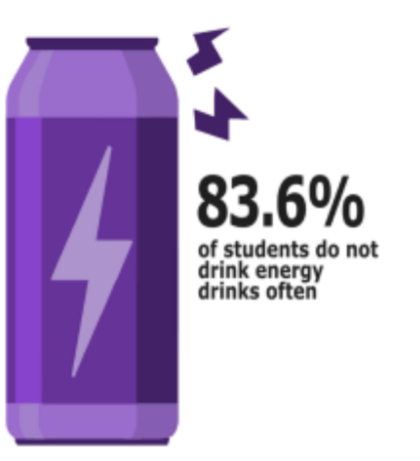Road test should yield for realistic driving skills
Creative Commons Photo Courtesy of Wikipedia
The NJ road test does not require successful merging and yielding in order to pass. https://creativecommons.org/licenses/by/2.0/
January 25, 2019
My heart pounded and my hands sweated as they gripped the steering wheel. My dad’s voice nagged at me with each turn of the wheel. My adrenaline pumped as I checked the mirrors, used the turn signal, turned left, parallel parked, made a u-turn and finished. The two-minute test was beginning to feel like two years. But then, the butterflies stopped, and I passed.
Thoughts of joy immediately started racing through my head: no more bus stop, no more begging my parents for a ride. I felt unstoppable.
But my elation quickly subsided. I realized that I had to drive to school by myself. Worse
yet, I had to drive on the highway to get there.
The New Jersey road test does not test the ability to switch lanes, let alone merge onto a highway, so this concept was unsettling. Although I was confident in my ability to drive on a highway safely, that did not mean that I could trust my fellow highway drivers.
In fact, according to the U.S. Department of Transportation, nearly 300,000 merging accidents occur each year. These crashes vary in severity: some result in fatalities, while others do not.
Statistics such as these are disappointing because a simple addition of merging would solve this issue. A simple addition to the test would make the roads safer. More people may fail, but if they do then they were not fit to be driving anyway.
Currently, the road test in NJ fails to test highway driving and simulate a real driving environment.
Junior Jack McHugh of Manasquan failed the road test at Miller Air Park in Toms River, NJ on his first attempt for driving three miles over the speed limit. But, in a normal driving environment, drivers must keep up with the flow of traffic, even if that means going a mile or two above the speed limit. McHugh said he thought the road test didn’t test several necessary skills and set unrealistic expectations.
“You don’t have to go to any red lights, you don’t have to merge and you don’t have to encounter any real cars,” McHugh said.
Recently, junior Maeve Miller of Brielle also took the road test in Toms River, NJ, and passed. Miller said she thought the road test only tested specific aspects of driving and was a not holistic assessment of her abilities.
“If I am being honest, I don’t think [the road test] properly tests your driving skills because as long as you can parallel park, K-turn, and keep within the speed limit you should pass,” Miller said.
According to the U.S. Department of Transportation’s National Highway Traffic Safety Administration, over 37,400 fatalities occurred on the roads in 2016. The number of fatalities increased by 5.6 percent since 2015.
It is startling that there are not only thousands of accidents, but that the number of accidents is increasing. The NJ Department of Motor Vehicles needs to take action by making its road tests stricter. If more skills are tested, then more skills will be mastered. Everyone that drives should not have to worry about their lives.















